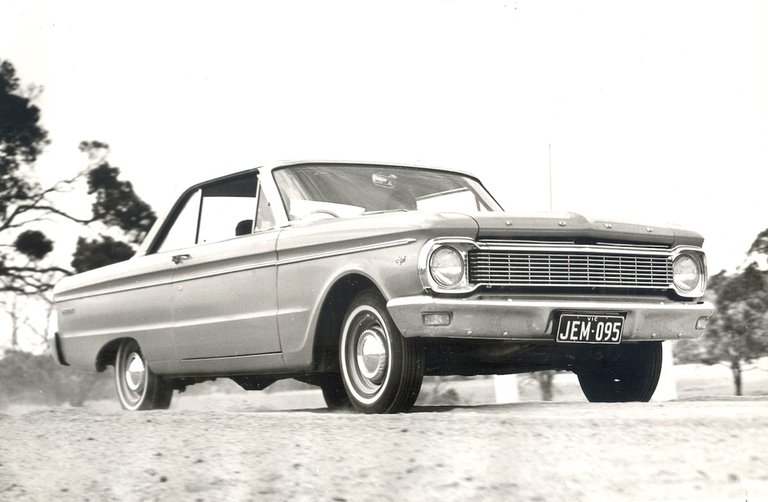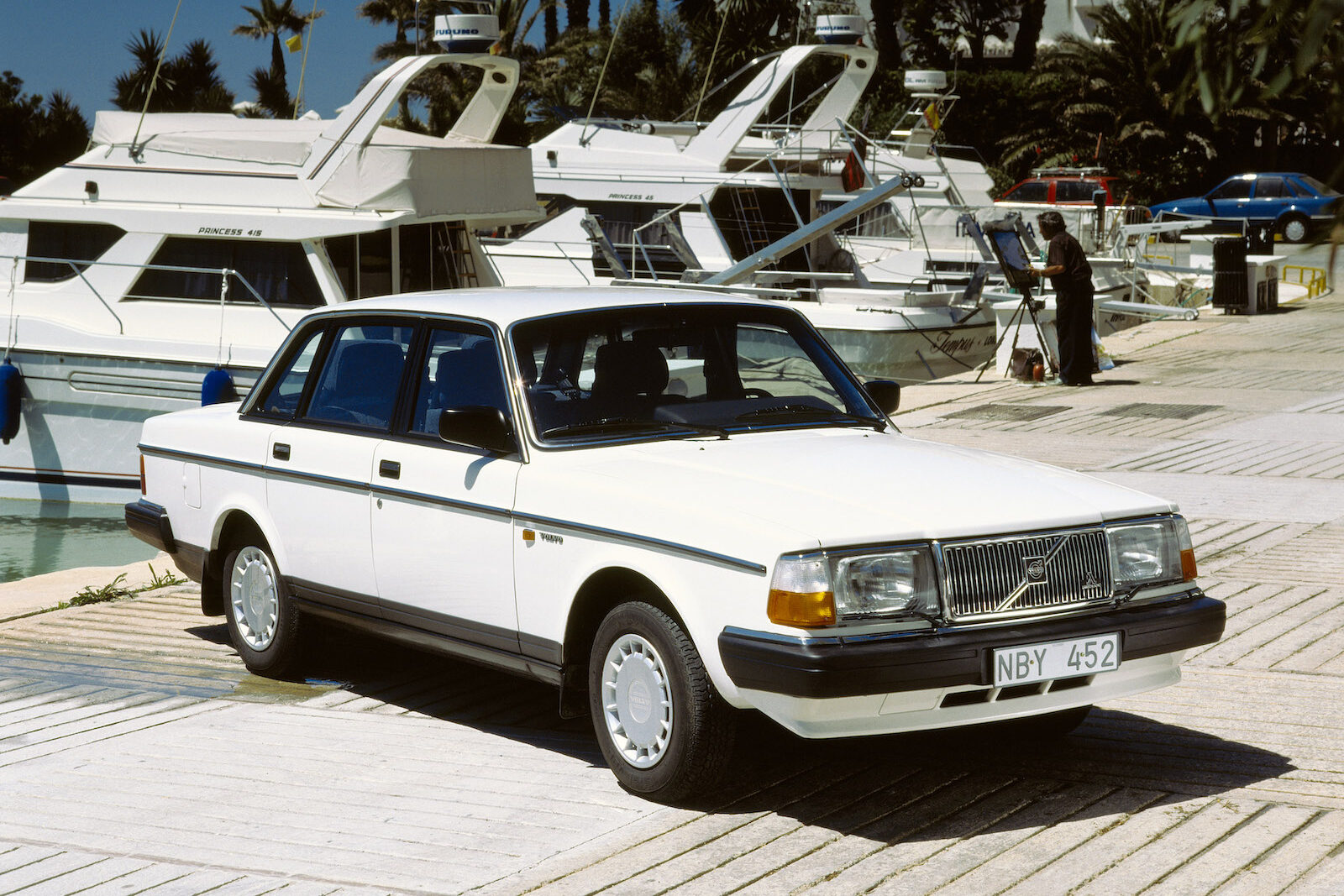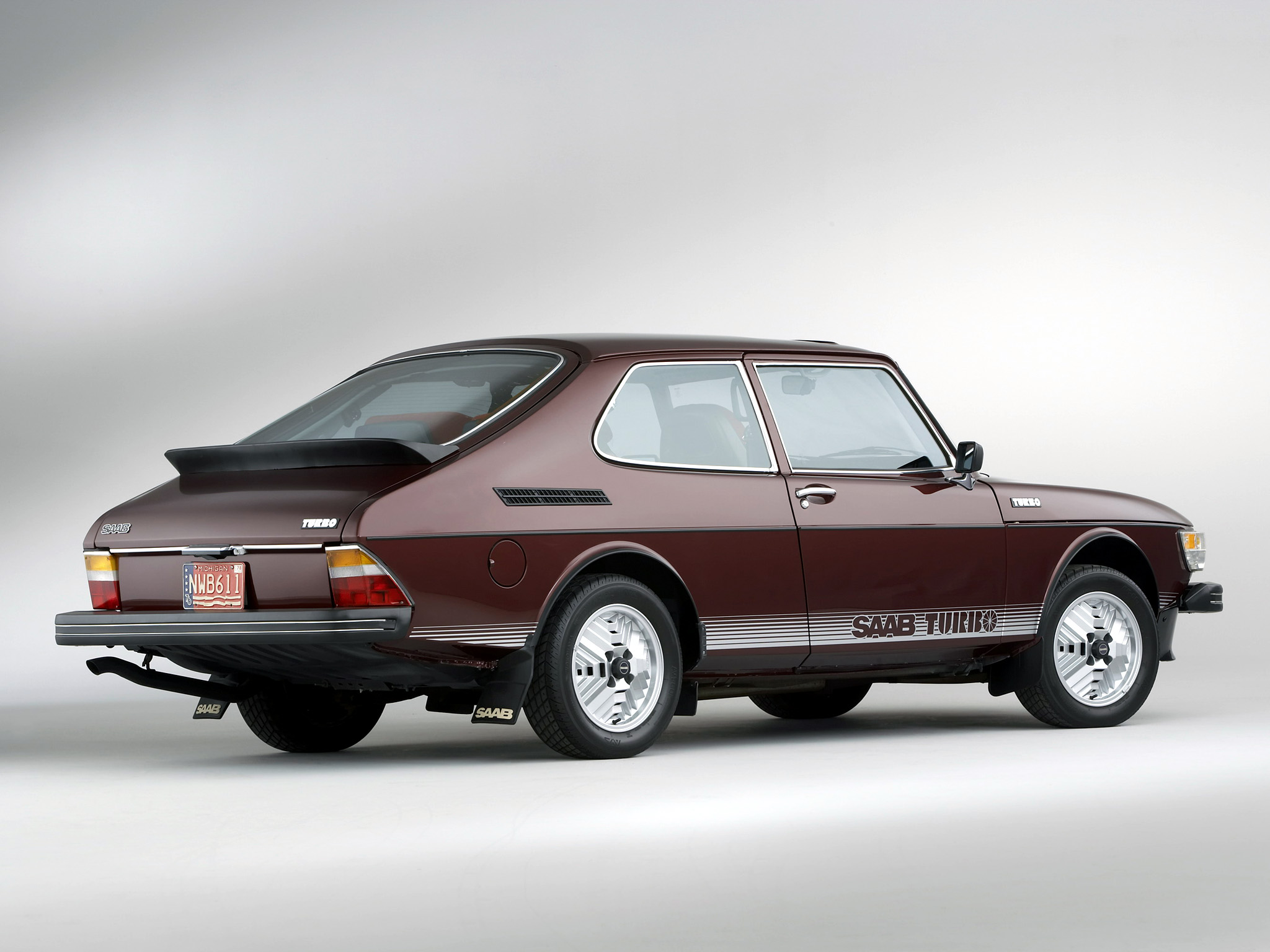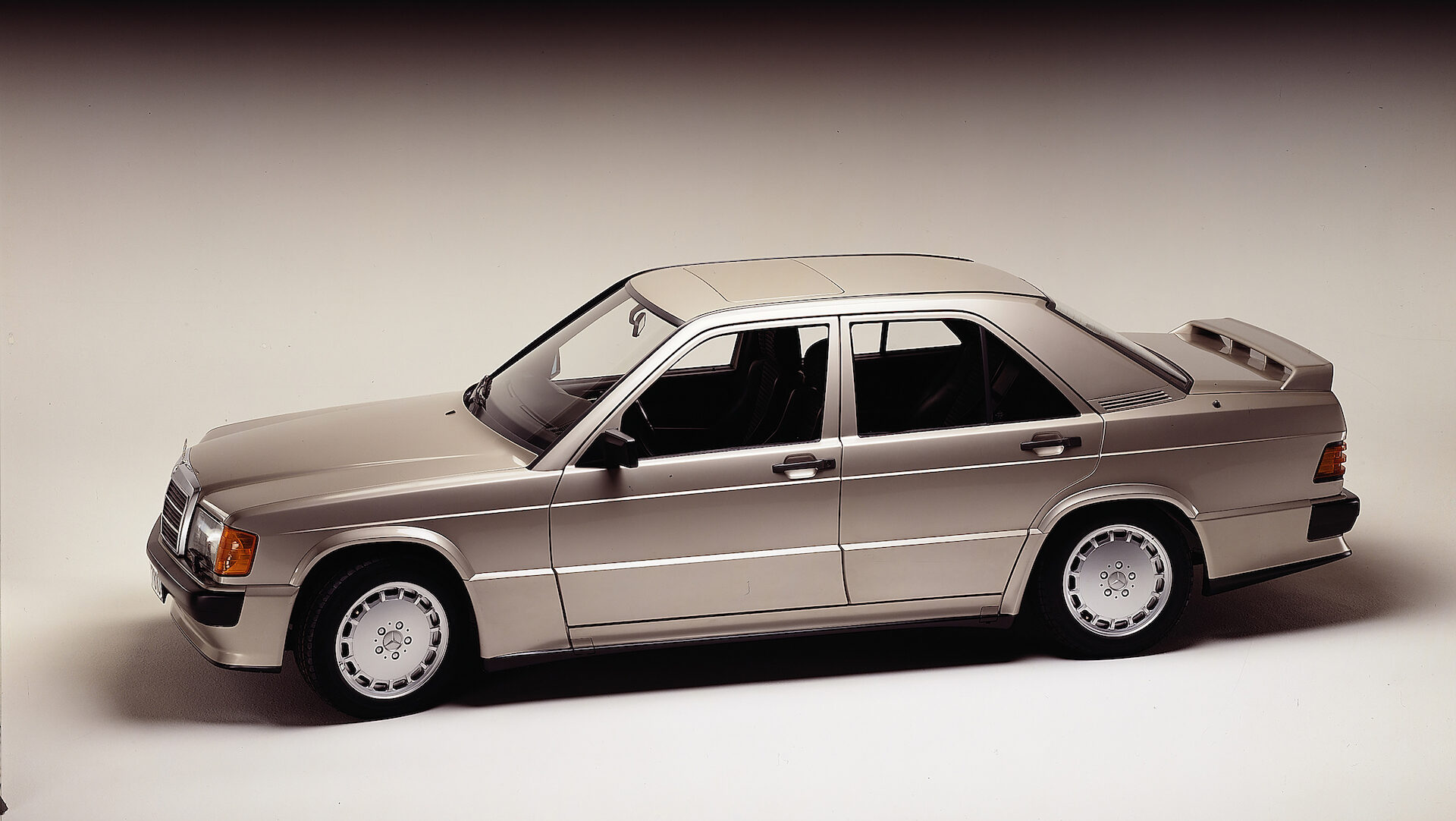The XP Falcon needed to impress when it was released in 1965, as the original XK Falcon had faltered with its US-spec suspension
How a tortuous 70,000-mile durability marathon at Ford Australia’s then-new You Yangs proving ground help convince sceptical Australians that the new XP Falcon was the real deal.
Think of the red-letter Falcon models built by Ford Australia during the golden age of Aussie manufacturing and you’re likely to think of hulking V8 HOs and the Kardashian-hipped hardtops. But for our money, the series that made the Falcon soar was the XP of 1965.
Back in 1960, the XK Falcon had become the first locally built rival to the dominant Holden. But Ford’s £25m foray (around A$880 million today) into local manufacturing quickly went wobbly: the XK’s carryover US-spec suspension was soft and failure-prone on our rough-as-guts roads.
Significant fixes introduced on the short-lived XM of 1964 made little impression on a market newly enthralled with Holden’s all-conquering EH and at least curious about the new, Adelaide-built Chrysler Valiant AP5.
It was no secret that the subsequent XP of 1965 would make or break the Falcon’s – and Ford’s – future in Australia.
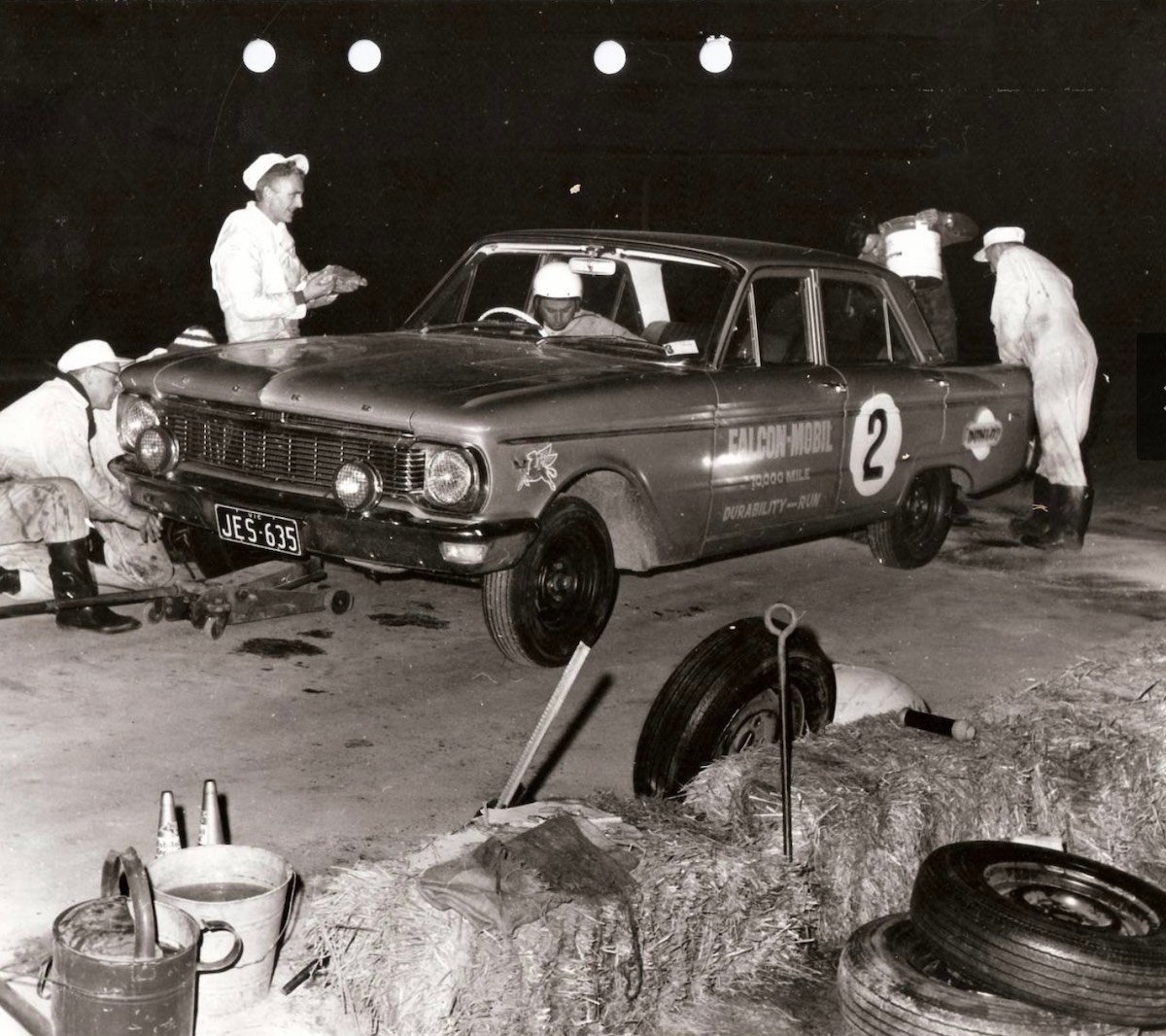
The completion of Ford’s You Yangs proving ground near Geelong provided the perfect opportunity to make a statement about the XP’s suitability for the Aussie market
Having just finished construction of its You Yangs proving ground facility near Geelong, Ford Australia wasn’t about to waste the opportunity to make a statement.
The XP arrived with a bang: not the Hollywood flim-flam of the XK’s launch five years earlier, but a 70,000-mile, five-car durability marathon that began on 24 April, 1965 on You Yangs’ tortuous road course.
Ford approached race and rally driver Harry Firth to organise the event, in which ultimately around 60 racing and rally drivers piloted five stock-standard XP Falcons non-stop for almost nine days, to a total of 70,000 miles at an average speed of better than 70mph.
It was a staggering feat of durability that earned massive daily radio and television publicity. It was also overwhelmingly successful in having fleet and private buyers cautiously return to the brand.
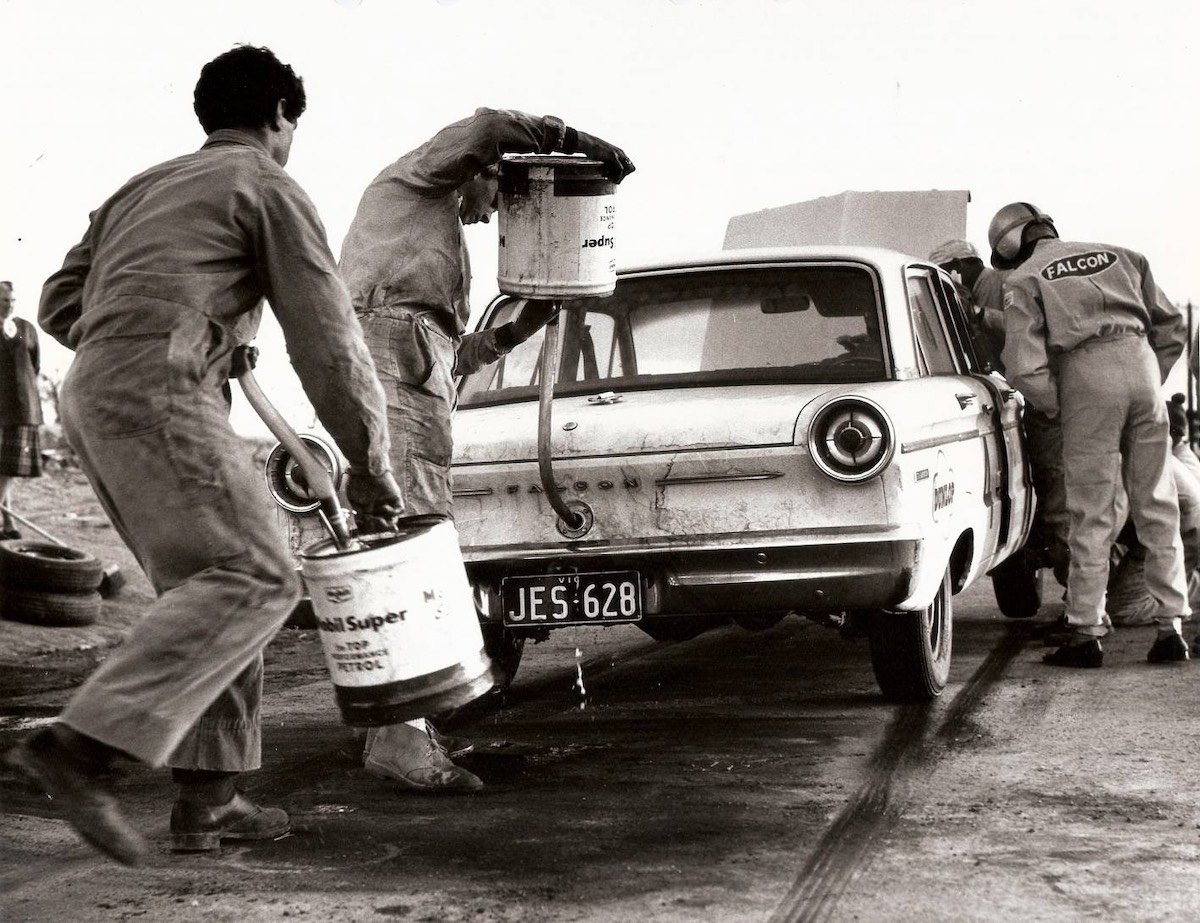
The 70,000-mile durability marathon saw Ford run five XP Falcons around the torturous You Yangs’ road course for almost nine days
Behind a bullish facelift of the XM, which had also introduced bigger Pursuit 170 and Super Pursuit 200 six-cylinder engines, the XP’s suspension had copped a further durability re-think and was attached to a body now reinforced with pressed-steel “torque box” sections inspired by the US Galaxie.
The labour-intensive manufacturing of the day allowed no fewer than five body styles: XP came in sedan, wagon, coupe, ute and van, with spec choices comprising base, Deluxe, Futura and a new nameplate, Fairmont. The latter two spec levels came with bucket seats.
The stylish XP two-door hardtop – as with the previous XM hardtop – was built using imported turret sections from the US Mercury Comet model in the US. In the quest for strength, these hardtop bodies were built from steel one gauge thicker than that of the sedans.
The XP’s front coil and ball-joint suspension and rear live axle with semi-elliptic springs proved themselves tough enough, as did the heavily reworked drum brakes. Indeed, singled out for praise in the XP’s braking ability was the new-fangled “Hardie-bestos” lining material. D’oh!
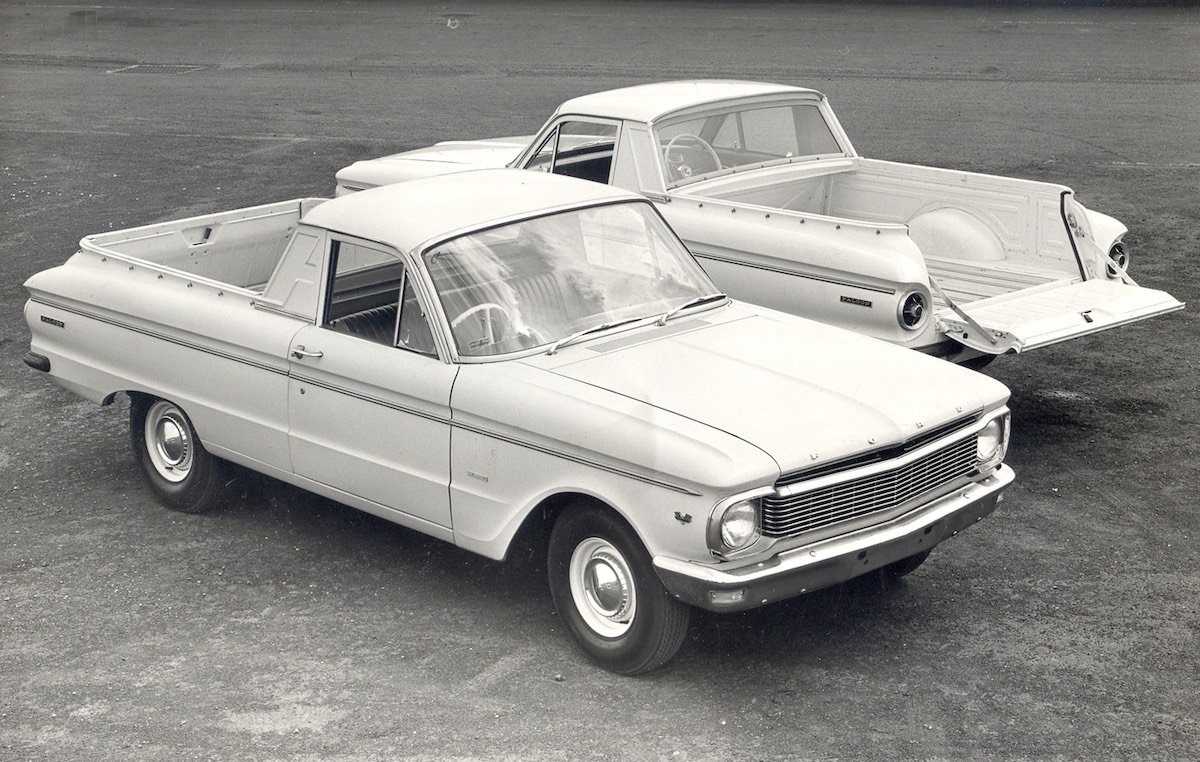
Five body styles were on offer for the XP Falcon, with a ute naturally being one of those options
The Fairmont stepped up to 14-inch wheels, to accommodate the first power-assisted front disc brakes as standard on an Australian-built car.
Falcon’s pushrod inline six-cylinder engine was available in 2.4-, 2.8- and 3.3-litre versions, the latter Super Pursuit 200 offering 90kW/237Nm, an improvement of about 10% on the Pursuit 170. The base ‘144’ engine came with three-on-the-tree manual only, while Super Pursuits could be optioned with a new, Aussie-made Borg Warner three-speed auto.
Contemporary road tests praised the XP for its ride control and comfort, though the steering killed the buzz somewhat, with five turns lock-to-lock. Despite that, Wheels magazine gave the XP its 1965 Car of the Year gong (and would do the same again in 1966 for the new-generation XR).
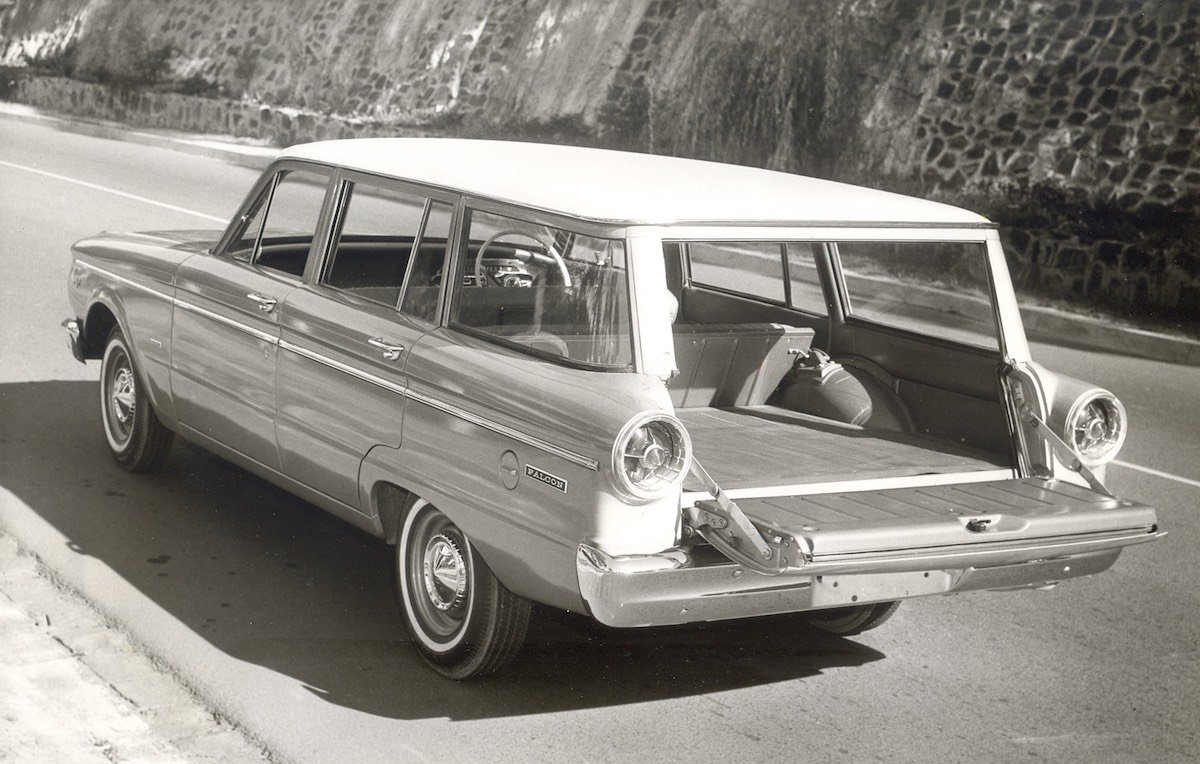
The XP Falcon was praised for its ride quality, but slow steering was a key drawback
Along with seeing XPs speeding across their screens in the new TV hit show Homicide, buyers were finally convinced that the Falcon had the muscle for Australian conditions. Around 71,000 XPs would be sold in a 16-month production life, an estimated 10% of those being the hardtops.
Not everyone knows this, but the great heritage of V8 Falcons began with the XP. With Ford approval, Sydney speedway champion and speed shop proprietor Bill Warner developed 260ci and 289ci V8-equipped ‘Sprint’ hardtops from late-’65, using Aussie-made cars and imported Fairlane V8 engines.
For most of the next 50 years, you’d have thought that Ford Australia and the Falcon were unstoppable.

